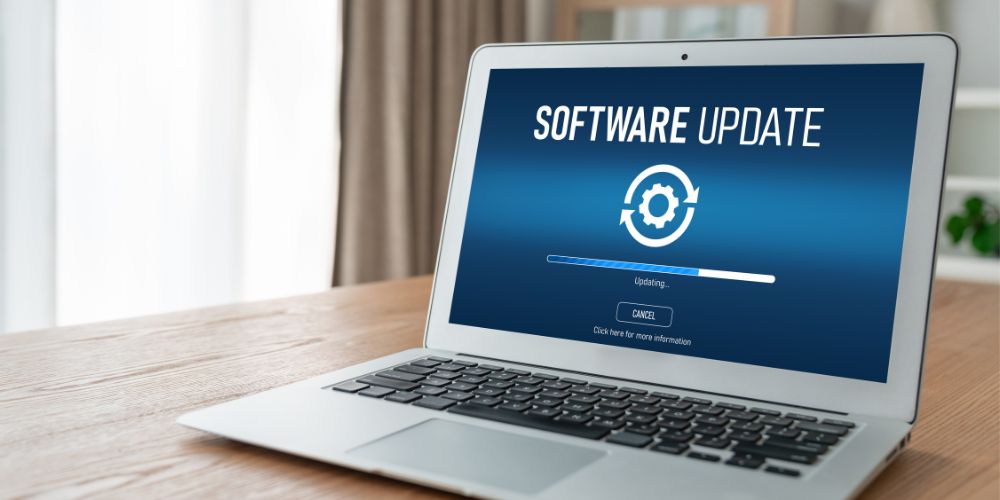Later this year, on October 14, 2025, Windows 10’s end-of-support will be in effect. What this means, in a nutshell, is that no new security updates or bug fixes will be offered on Windows 10, and functionality will be impacted, also. What does this mean for your network and company, and how can you prepare? Continue reading to learn about the benefits of upgrading and how to prepare.
What “Windows End of Life” Means
After October 14, while Windows 10 will still be available, it won’t work as well or be secure. Security updates and bug fixes won’t be provided, and technical support will be gone. This poses security risks, compliance issues and problems with hardware and software. On the security front, systems still running on Windows 10 will be prone to increased malware attacks (including ransomware) and security incidents. Extended Security Updates will be available, but only as a costly stopgap. Since compliance with regulations is related to security, businesses not upgrading to Windows 11 may face legal and/or financial penalties if out of compliance. Aside from these problems, the new tools and applications in Windows 11 won’t be compatible with Windows 10. Companies using legacy systems may also experience incompatibility with Windows 11, producing bottlenecks in productivity.
Benefits of Upgrading to Windows 11
Windows 11 comes with new tools and features. Enhanced security is one, along with improved collaboration tools and even improved energy efficiency and sustainability. Your system can also be integrated with the cloud, and users can access their cloud connection right when they turn on their computers. Shortcuts will be available, helping users to save time. And they can even work offline and have their work sync back into the cloud upon connecting to the Internet.
What You Can Do to Prepare for an O/S Upgrade
Before upgrading, you will need to audit your systems to ensure they can support Windows 11; back up your data on Windows 10; and prepare your team for the new features and how to use them. Making sure current devices have the hardware requirements for Windows 11 will help prevent issues with the upgrade. Backing up data will help you recover it should there be issues with the upgrade. And educating your team will equip them to use the new version to best advantage.
While the end-of-support date is approaching, there’s still time to get ready. For further assistance, contact your trusted technology advisor today.

